One of the most technically challenging but most rewarding types of photography that I have ever done is astrophotography. The deep sky objects being photographed are typically thousands to millions of light years away. Each final image requires 10-15 stacked images for each color channel (R, G and B) and luminance (L) – totaling 40-60 separate images. This requires taking 3 to 4 times that many images in order to have enough good images. Focal length and aperture are fixed and typical exposure times are 5 to 10 minutes. The telescope mount continuously moves the telescope and its camera in order to keep the object centered in the frame as the Earth is rotating.
These photos were taken from our deck in North Lake Tahoe which had a good southern exposure and less light pollution.
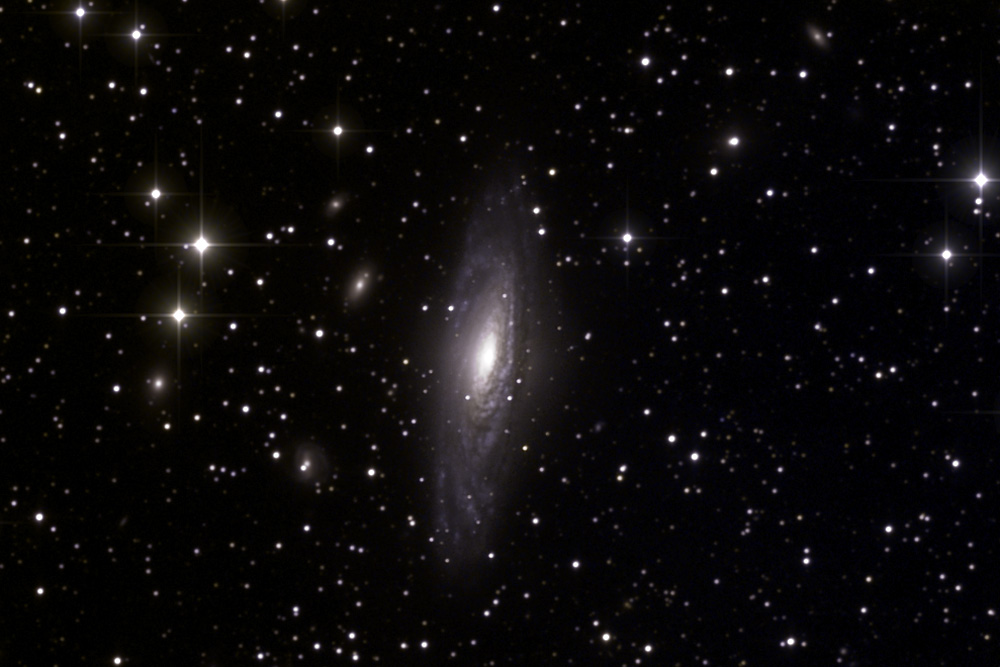
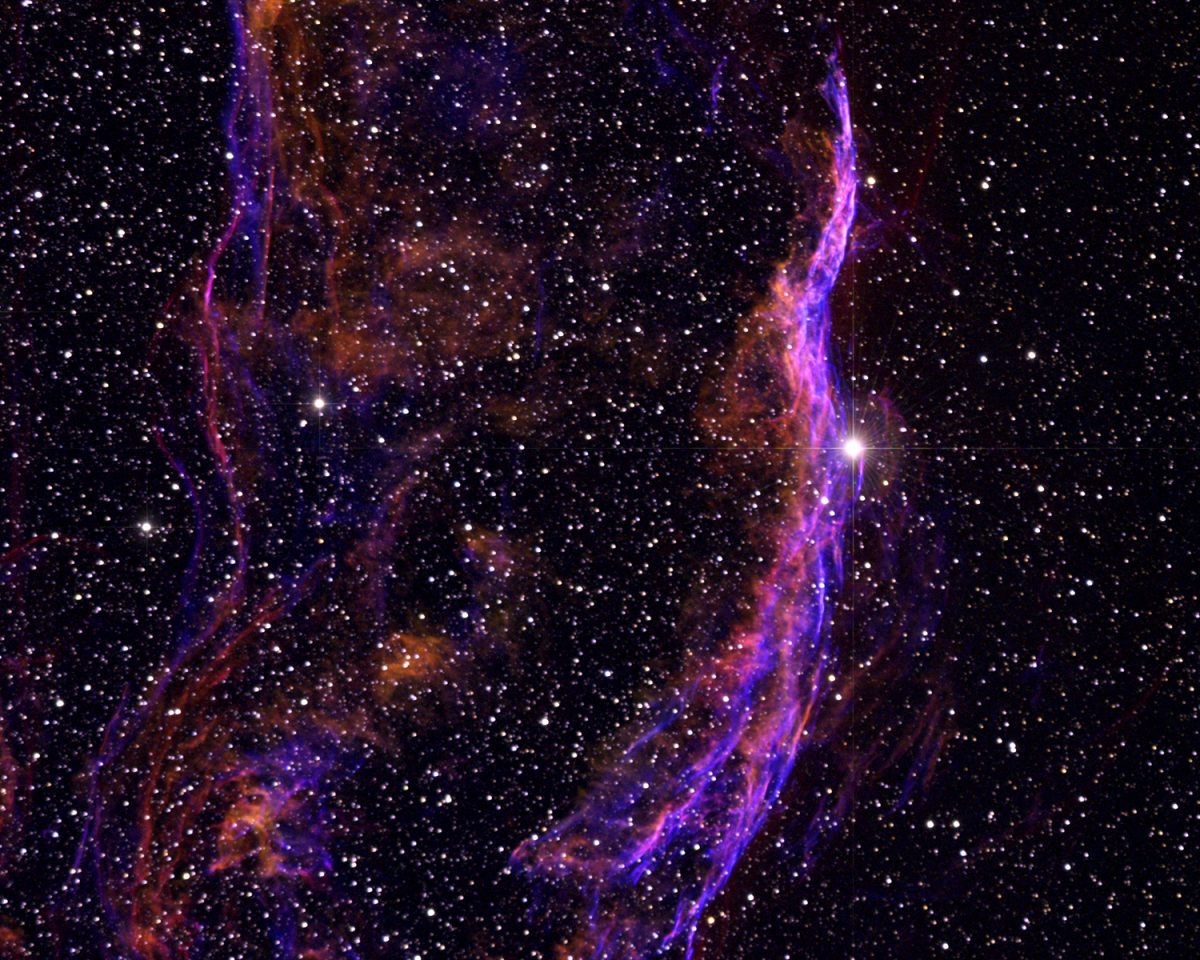
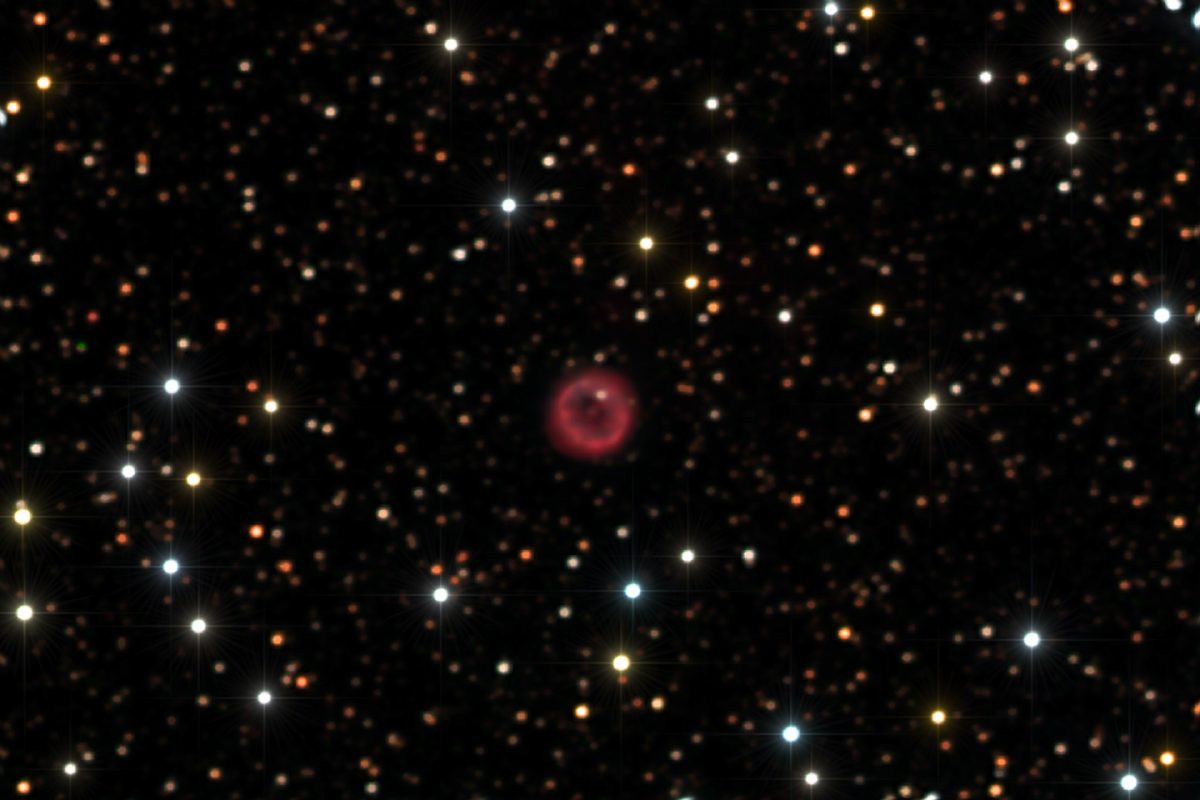
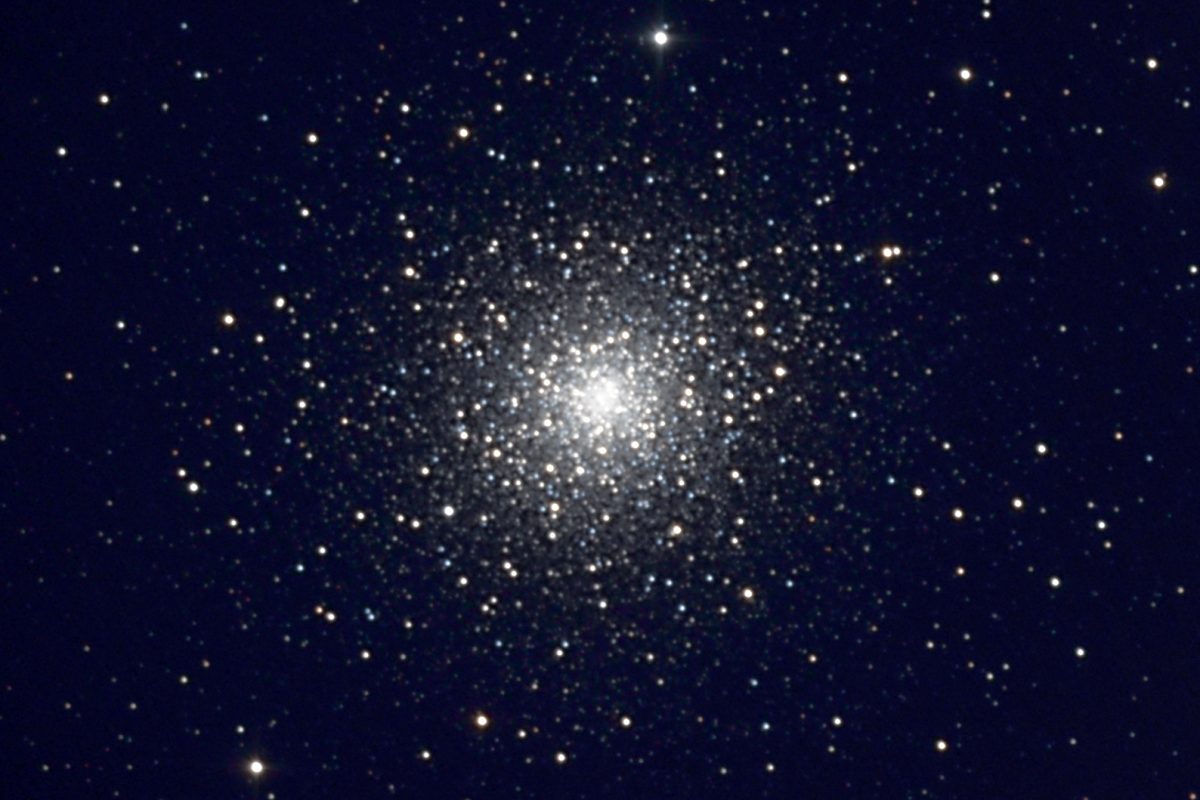
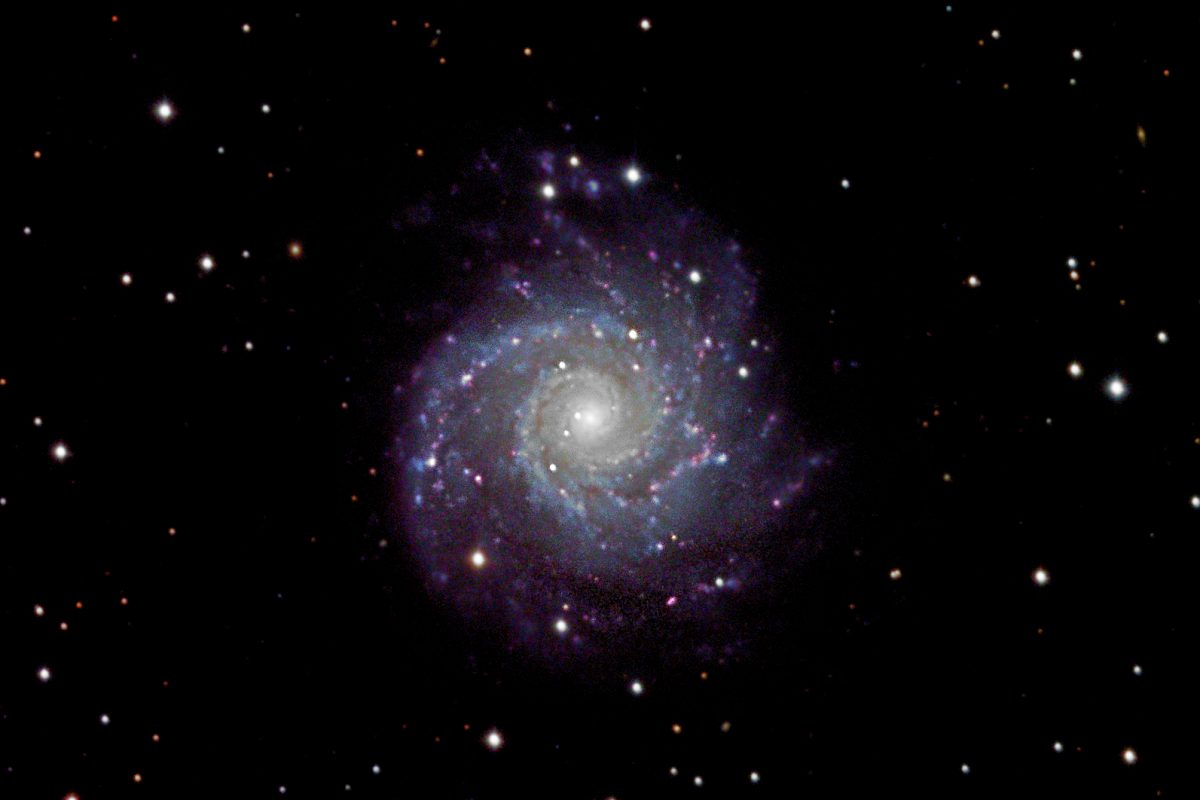
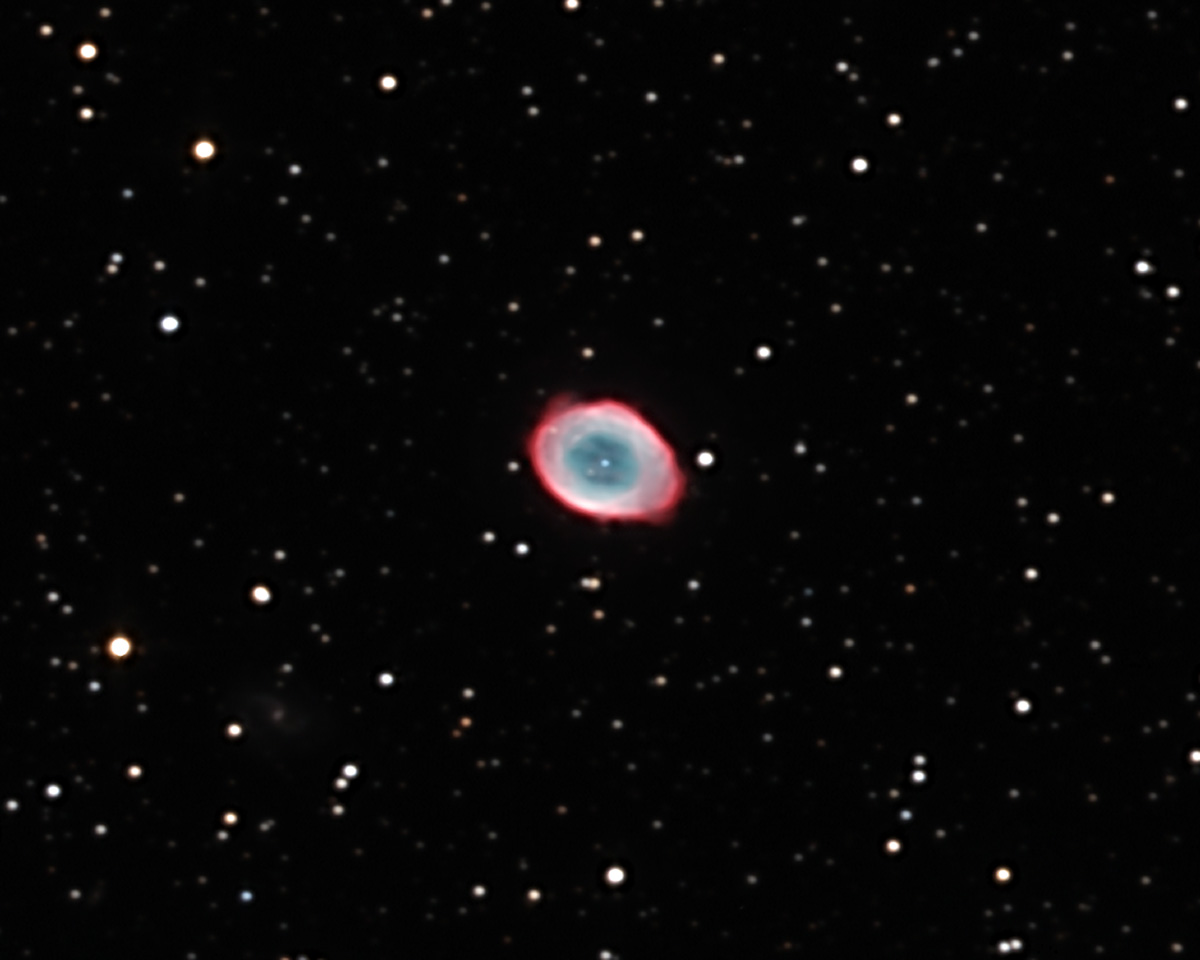

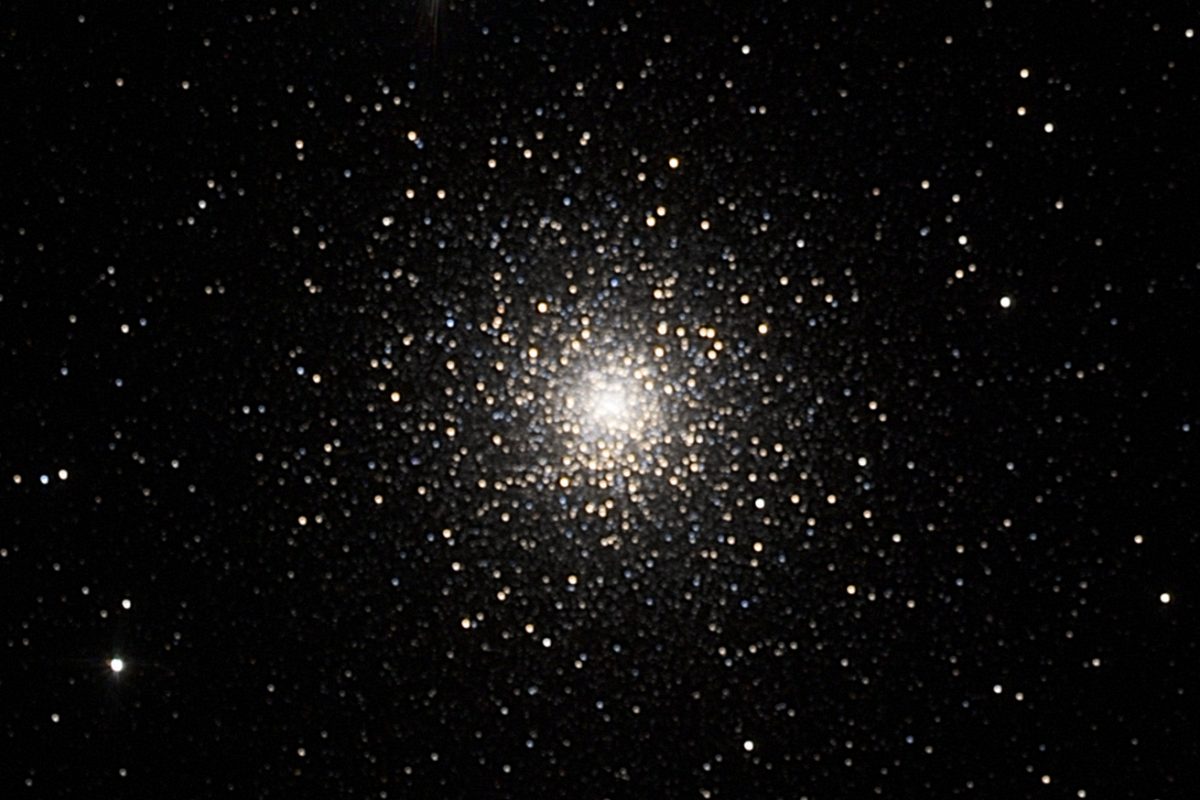
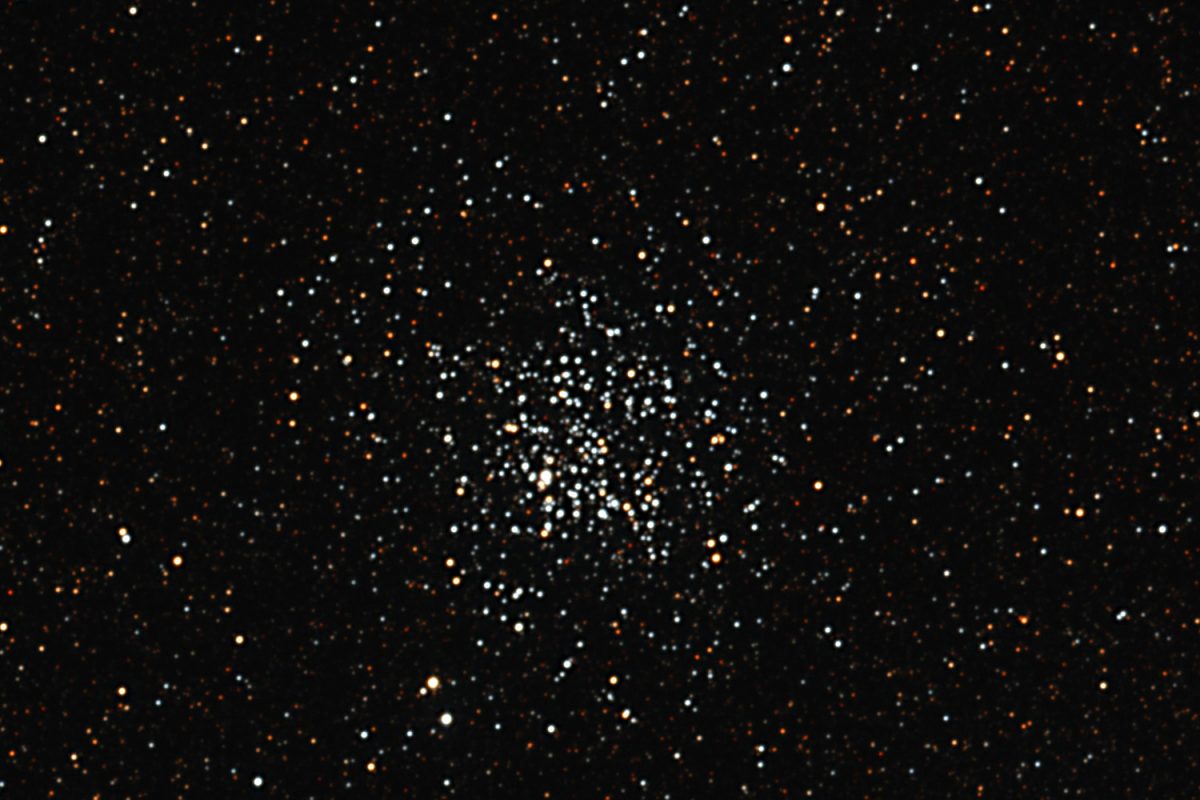
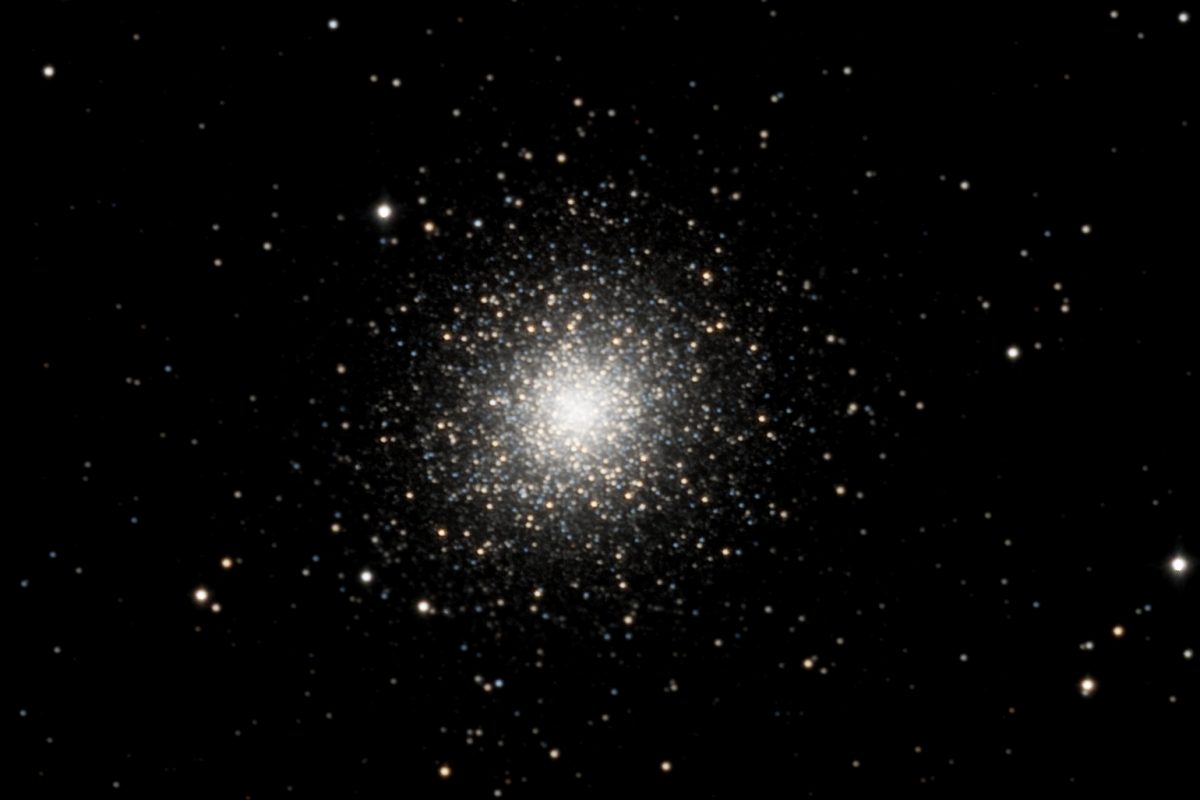
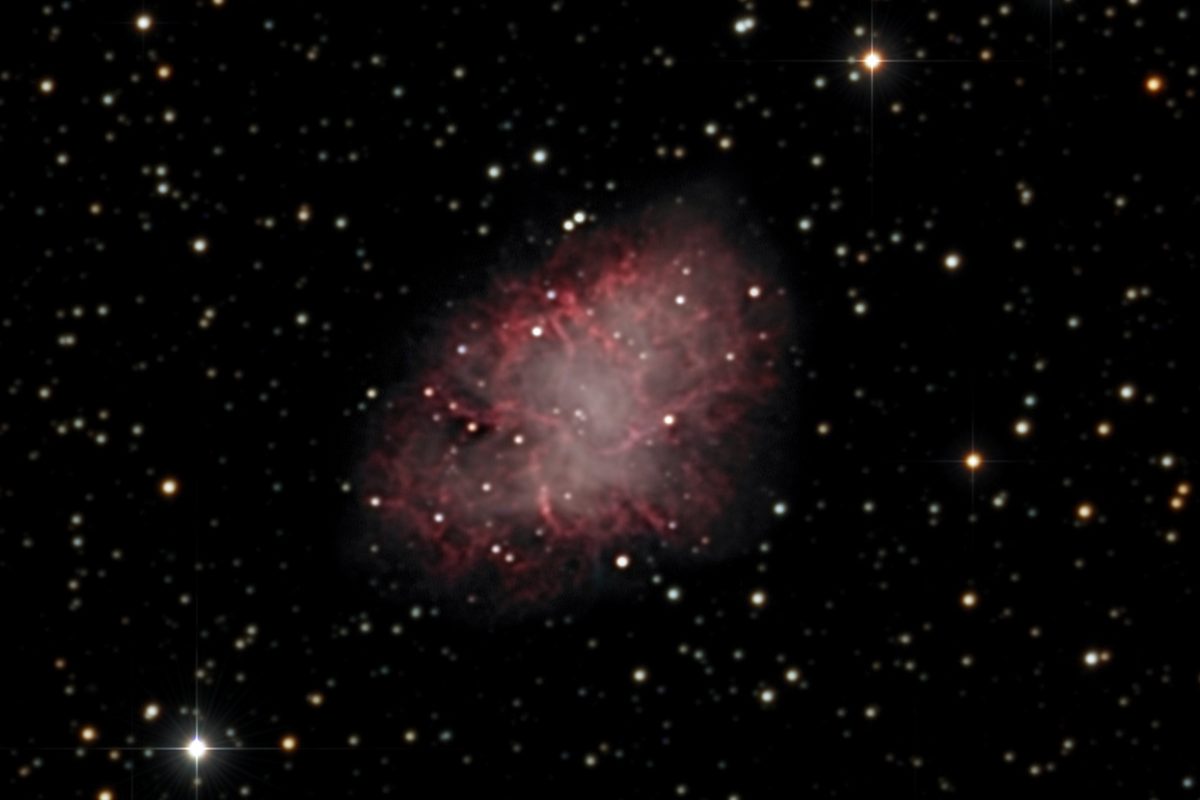
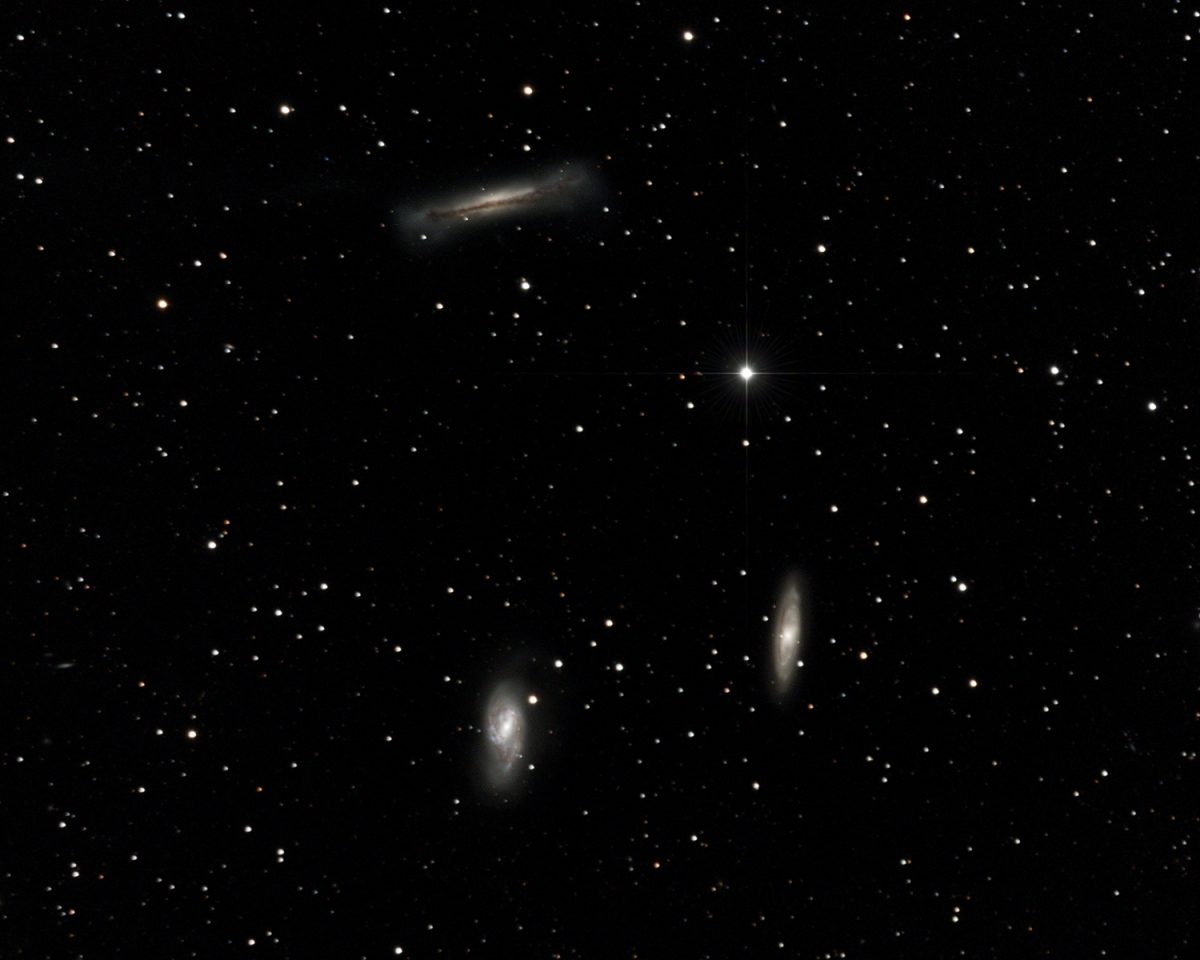
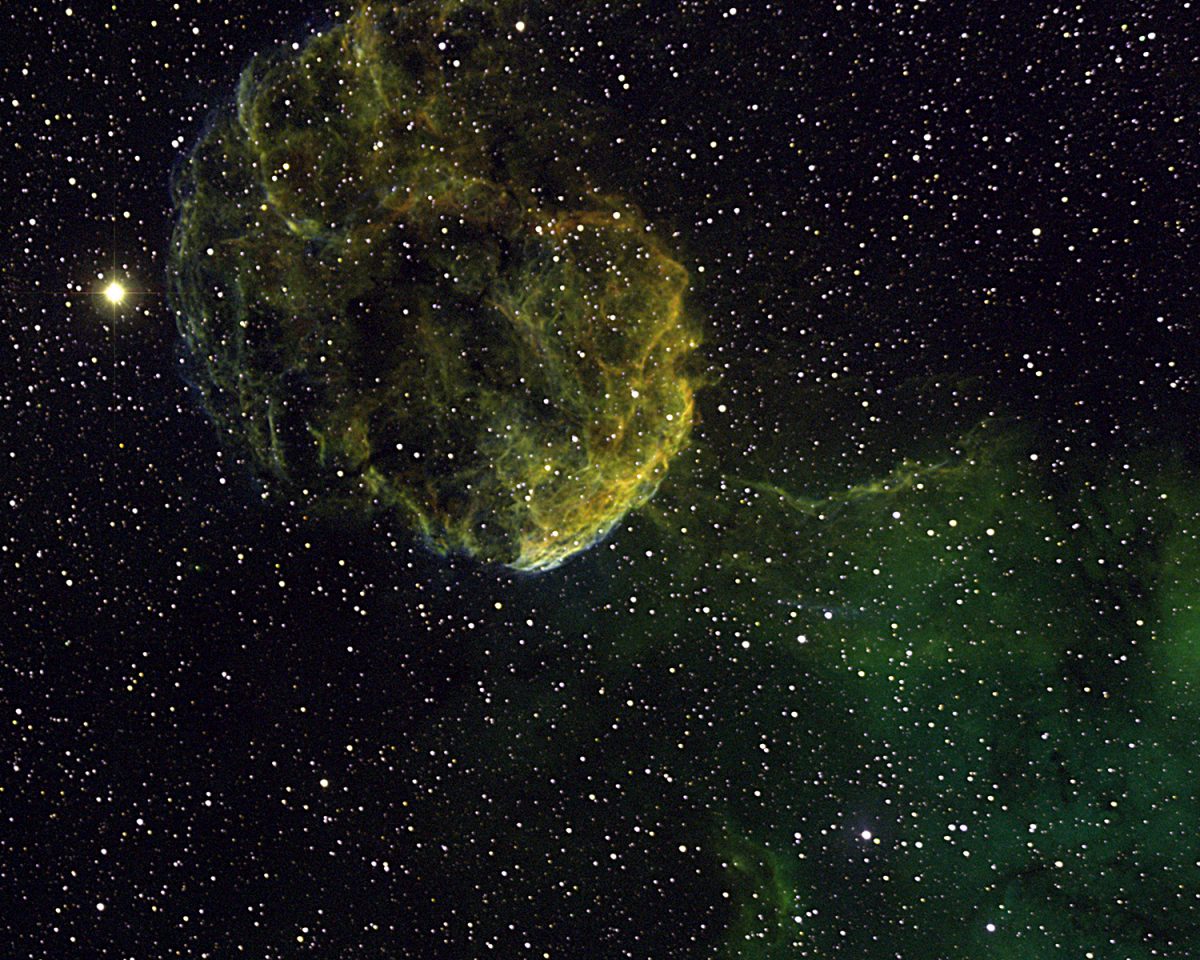
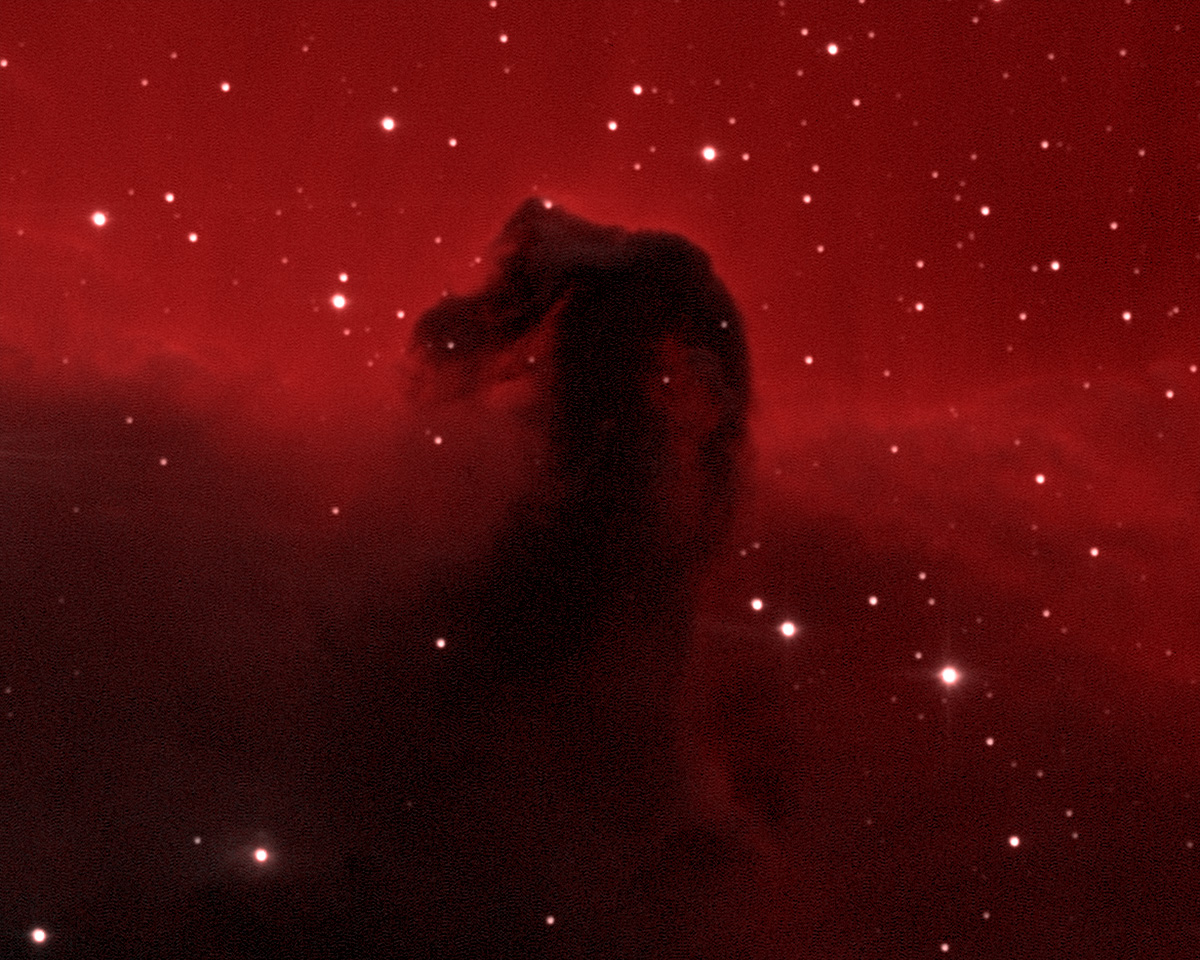
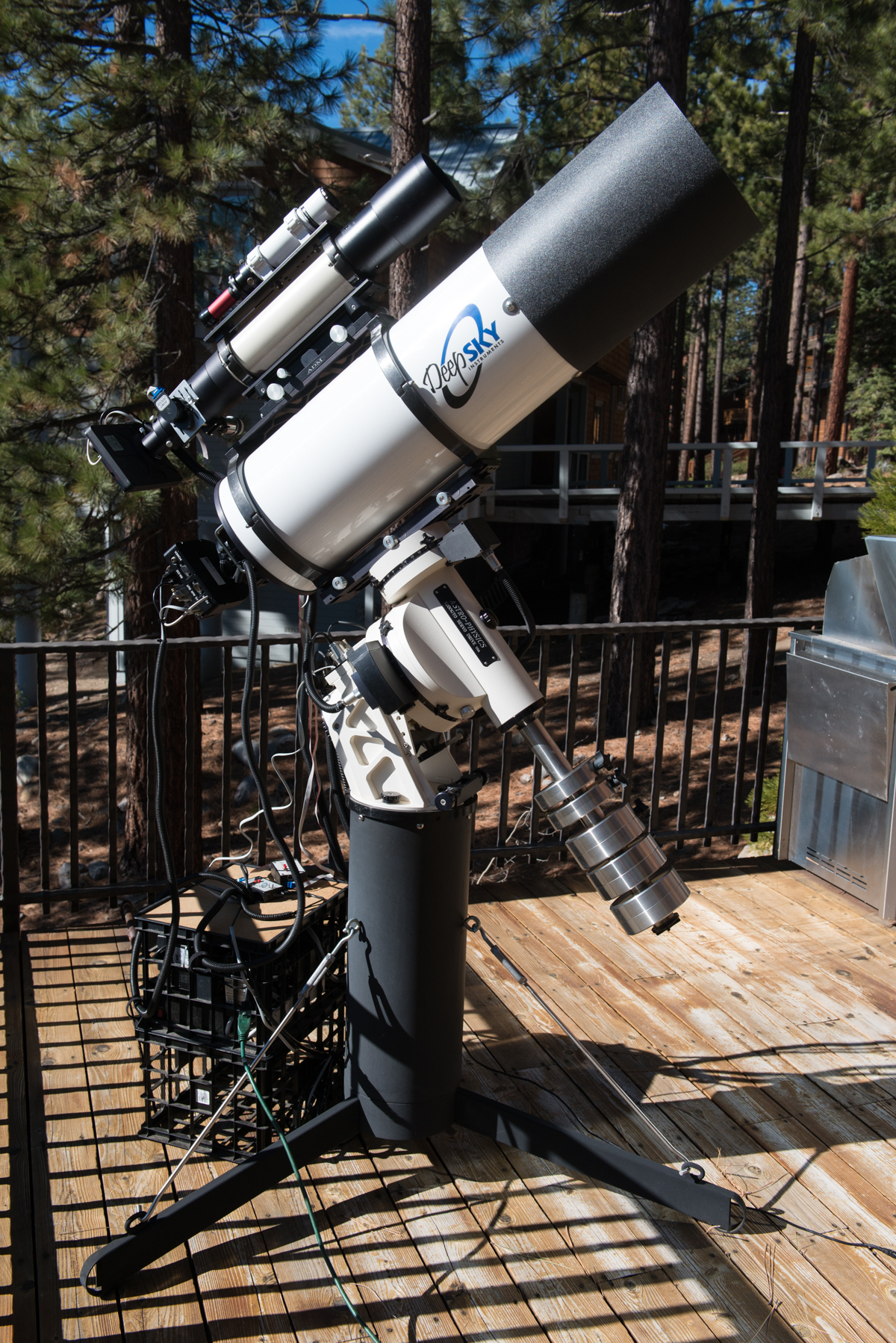 In terms of equipment, I used two different telescope and camera configurations on top of an Astro-Physics 1200GTO German Equatorial Mount. For deep sky objects, a Deep Sky Instruments RC10C Ritchey-Chretien 10″ F/7.3 astrograph was paired with a SBIG ST-10XME 3.2 megapixel CCD imaging camera. For wide view imaging, a TeleVue NP101is Nagler-Petzval APO 4″ F/5.4 refractor telescope was matched with a SBIG STF-8300M 8.3 megapixel full frame CCD camera. A Mini-Borg 50 and SBIG ST-i camera were used for automated guiding. In addition to the standard R, G, B and L filters, the camera filter wheels included Ha, OIII and SII filters made by Astrodon.
In terms of equipment, I used two different telescope and camera configurations on top of an Astro-Physics 1200GTO German Equatorial Mount. For deep sky objects, a Deep Sky Instruments RC10C Ritchey-Chretien 10″ F/7.3 astrograph was paired with a SBIG ST-10XME 3.2 megapixel CCD imaging camera. For wide view imaging, a TeleVue NP101is Nagler-Petzval APO 4″ F/5.4 refractor telescope was matched with a SBIG STF-8300M 8.3 megapixel full frame CCD camera. A Mini-Borg 50 and SBIG ST-i camera were used for automated guiding. In addition to the standard R, G, B and L filters, the camera filter wheels included Ha, OIII and SII filters made by Astrodon.
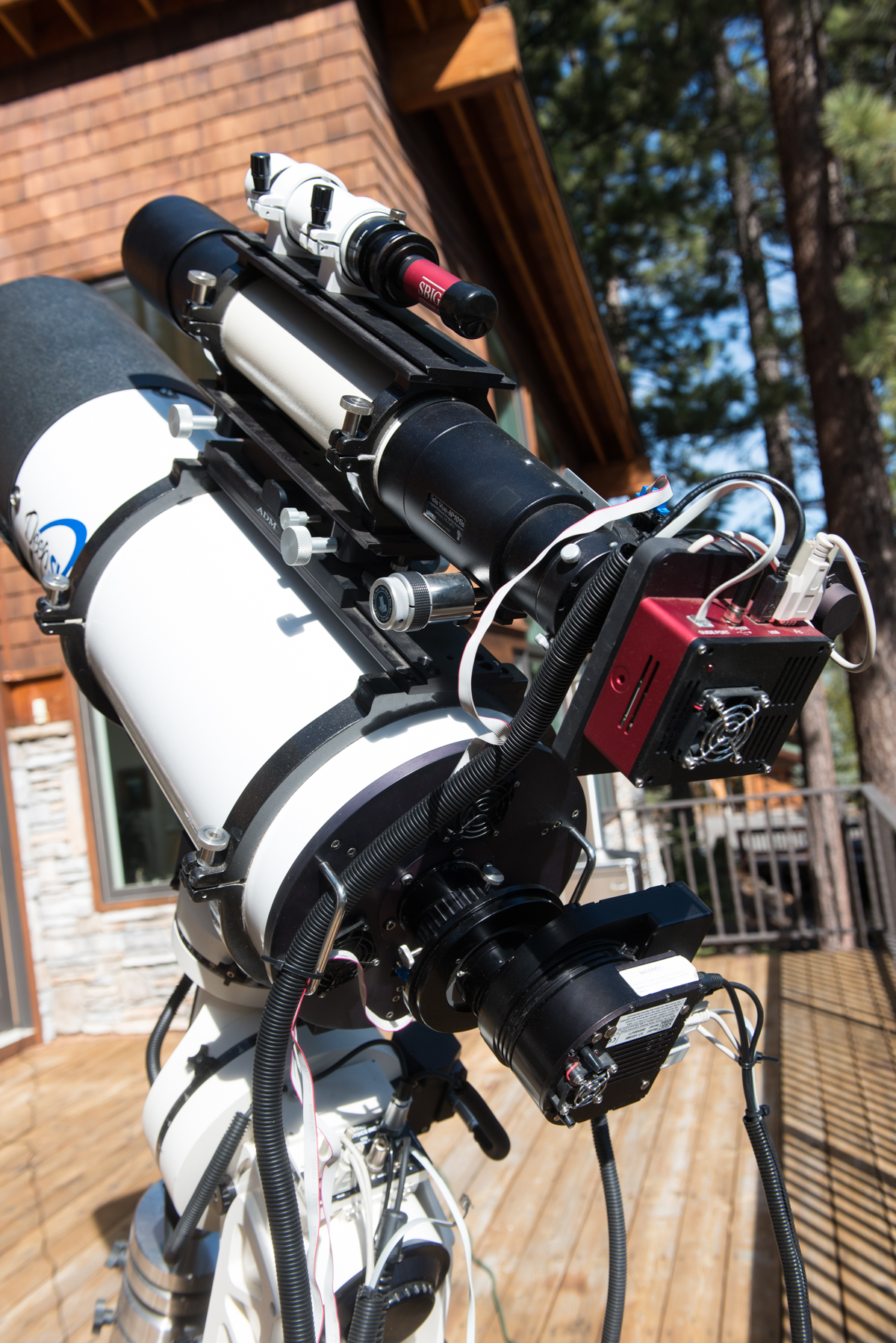 The telescopes, cameras and mount were connected to a Dell laptop computer running programs including The Sky X from Software Bisque for locating and tracking targets; FocusMax for telescope focusing; and Maxim DL for image acquisition. The selected images were combined together in CCD Stack and a master copy for each color channel (R, G and B) and luminance created. Adobe Photoshop was used to create the final image including adding color to each channel since the originals were all monochrome.
The telescopes, cameras and mount were connected to a Dell laptop computer running programs including The Sky X from Software Bisque for locating and tracking targets; FocusMax for telescope focusing; and Maxim DL for image acquisition. The selected images were combined together in CCD Stack and a master copy for each color channel (R, G and B) and luminance created. Adobe Photoshop was used to create the final image including adding color to each channel since the originals were all monochrome.